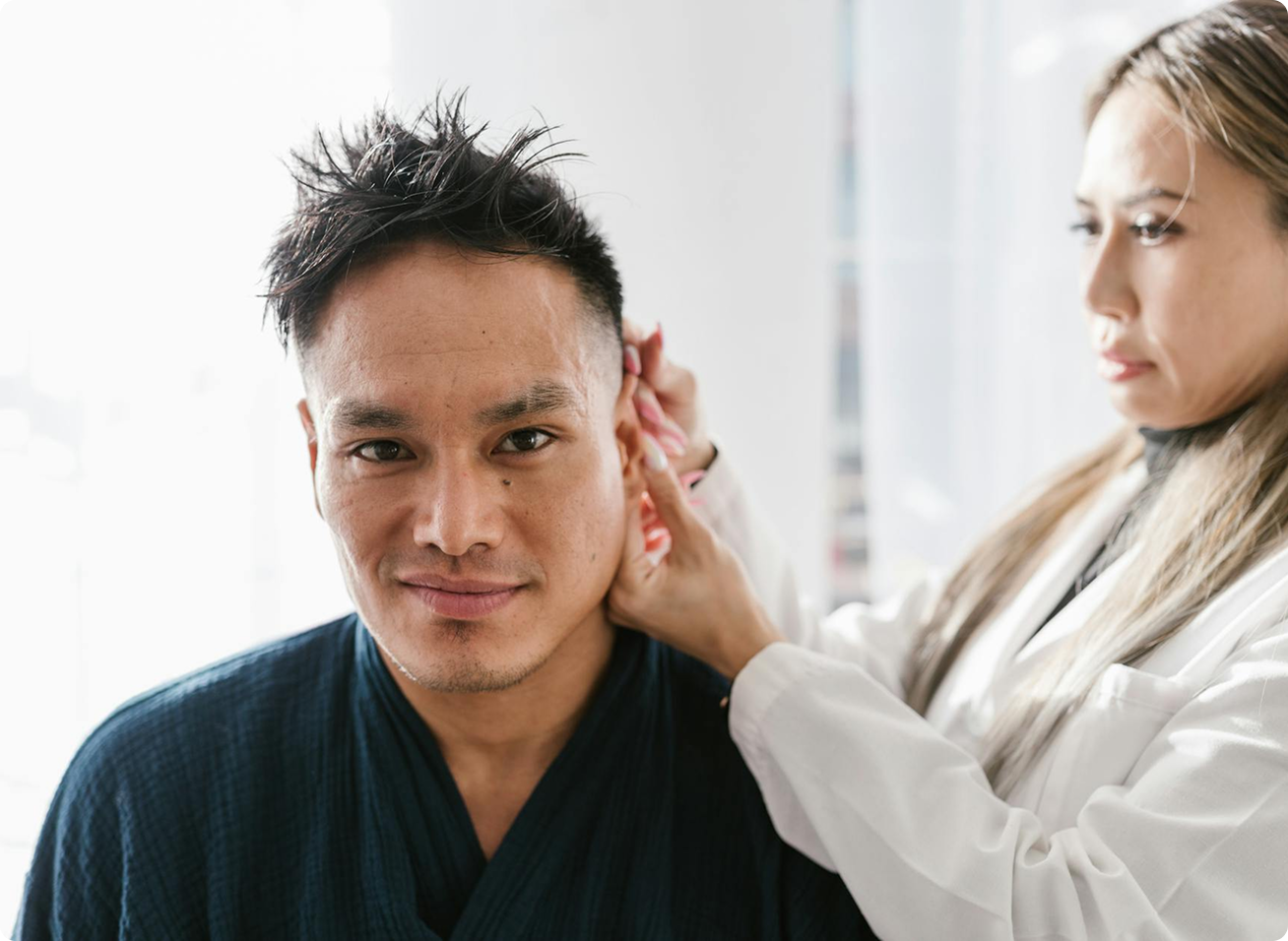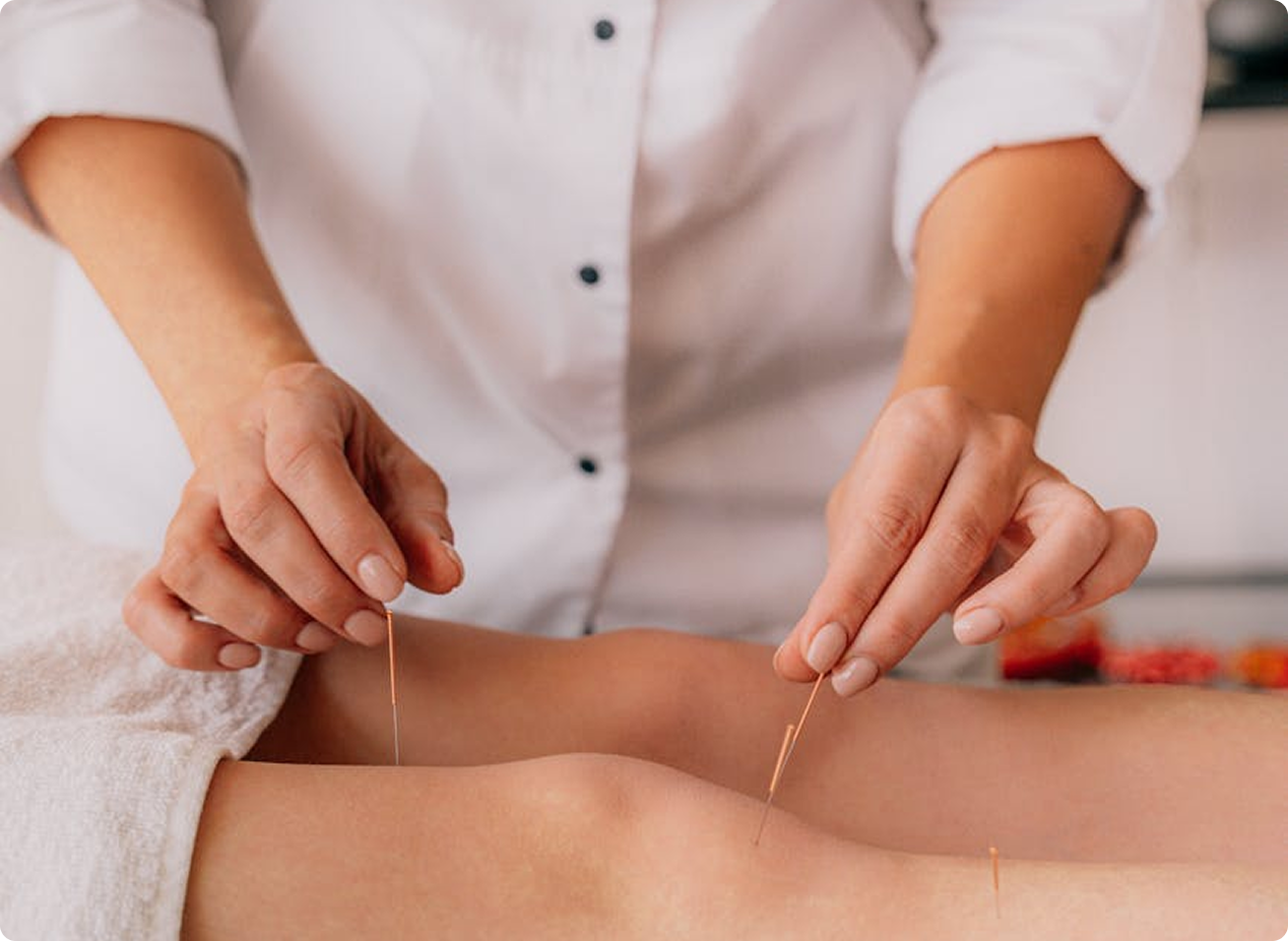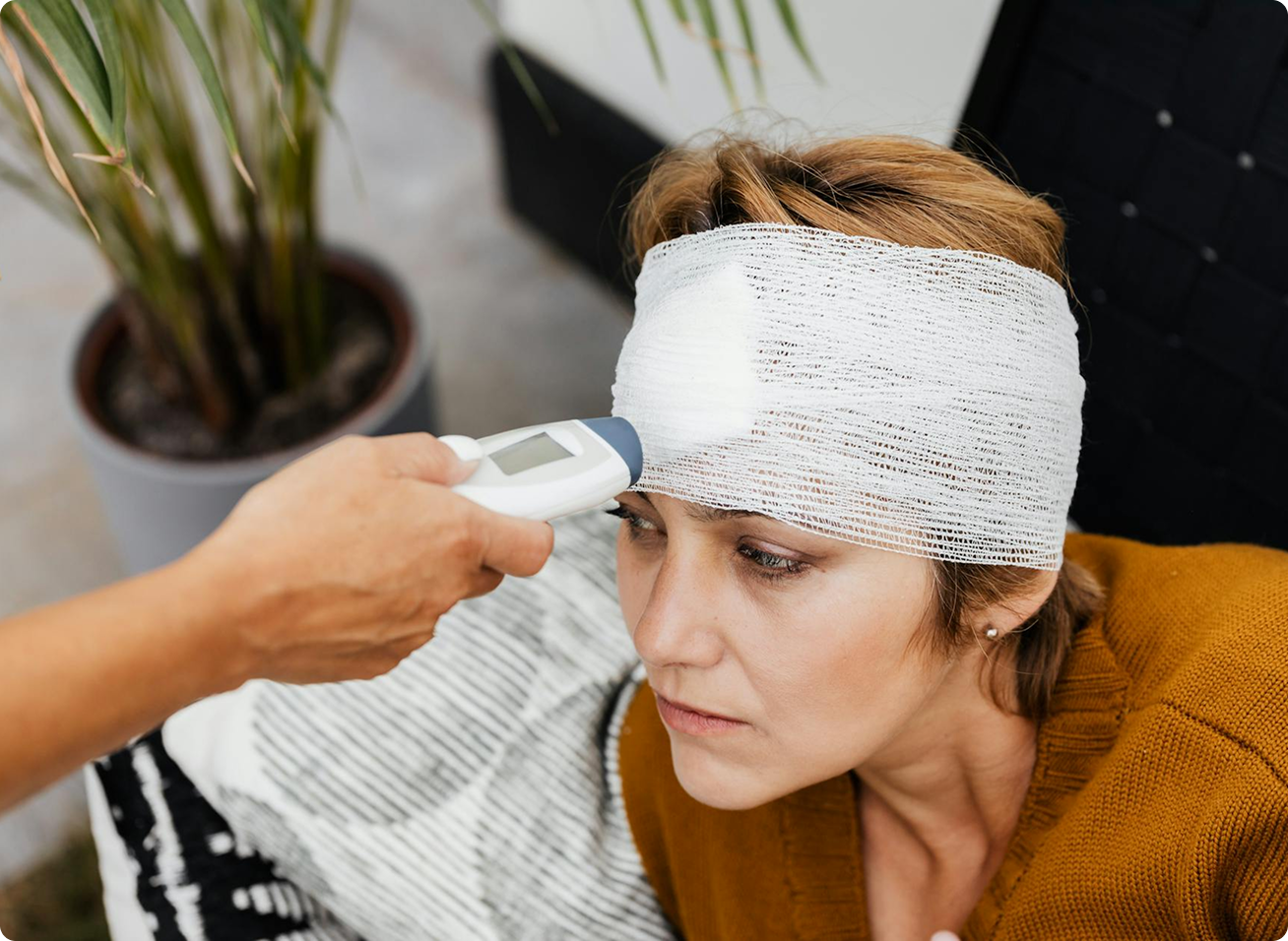











In-office procedures are minor medical or surgical treatments performed right in our clinic, including abscess drainage, joint injections, skin biopsies, cyst removal, IUD insertion or removal, laceration repair, and more. They are designed to offer safe, convenient care without the need for an emergency room or hospital visit.

Yes. Our medical team has extensive experience in emergency and family medicine. Each procedure is performed using sterile techniques and strict safety standards to ensure your safety and comfort.

Most procedures use local anesthesia to minimize discomfort. We numb the treatment area before starting, so you can expect a comfortable experience without the risks of general anesthesia.

Recovery times depend on the type of procedure. Most patients can return to normal activities within a day or two. Some treatments, like minor surgeries or laceration repair, may require brief monitoring or wound care. Your provider will give detailed aftercare instructions.


Many common procedures are covered by most insurance plans. We will check your coverage and explain any out-of-pocket costs before your treatment. If you have questions about your benefits, our staff is here to help.